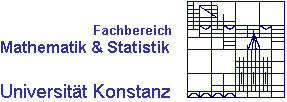

| |
 |
 |
|
|
Coating of electronic devices - a moving boundary problem
Parylene C is a biocompatible polymer that has been investigated as an encapsulation material for implant systems. It is deposited directly on the substrate from the vapour phase therefore it can conform to a wide range of geometries. However, the thickness of the deposited layer tends to reduce in microscale gaps, which might lead to an insulation failure. To study the coating behavior in gaps, experiments were carried out using simple gaps of known dimensions.  Deposition height [mu] versus distance [cm]: measured (black) and simulated (yellow). Parylene has entered the gap from the left. In this project, a theoretical model is developed to describe the gap formation process. The results coincide well with the observations. The behavior of the model is validated through an explanation given in terms of kinetic theory of gases.
|